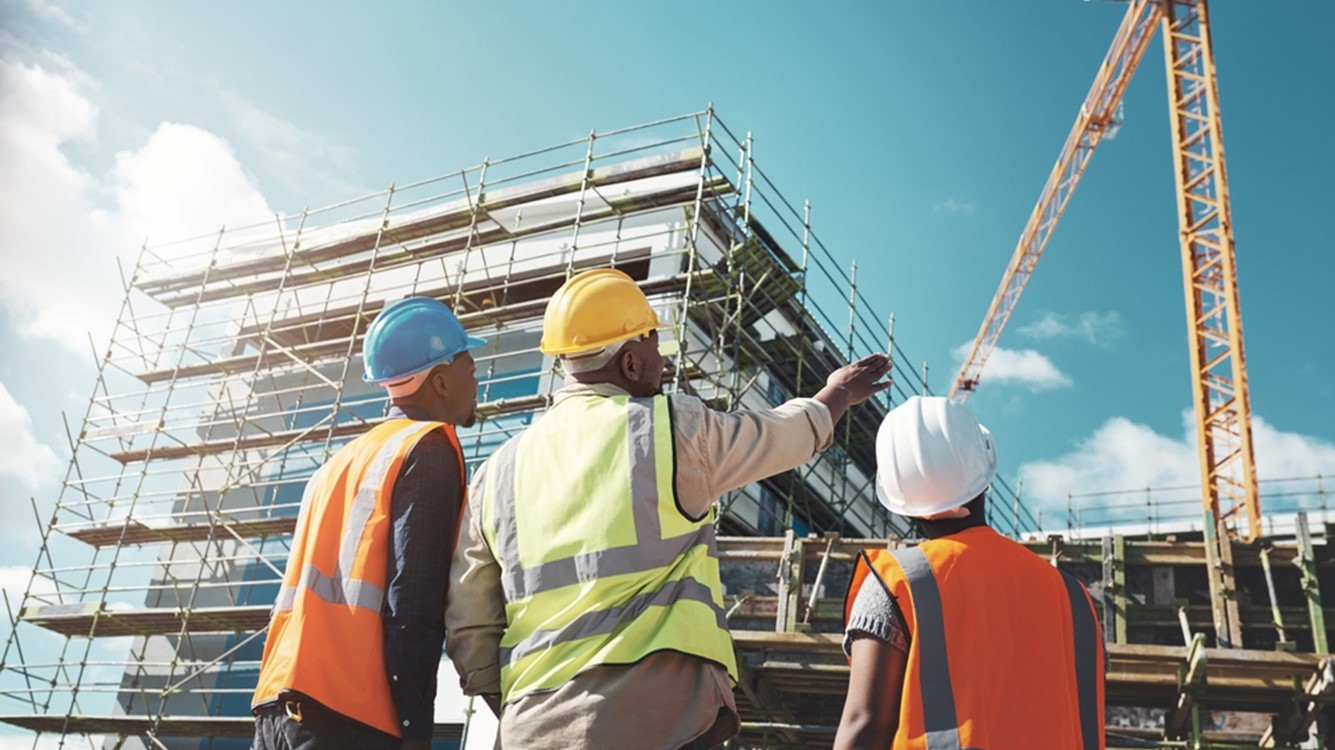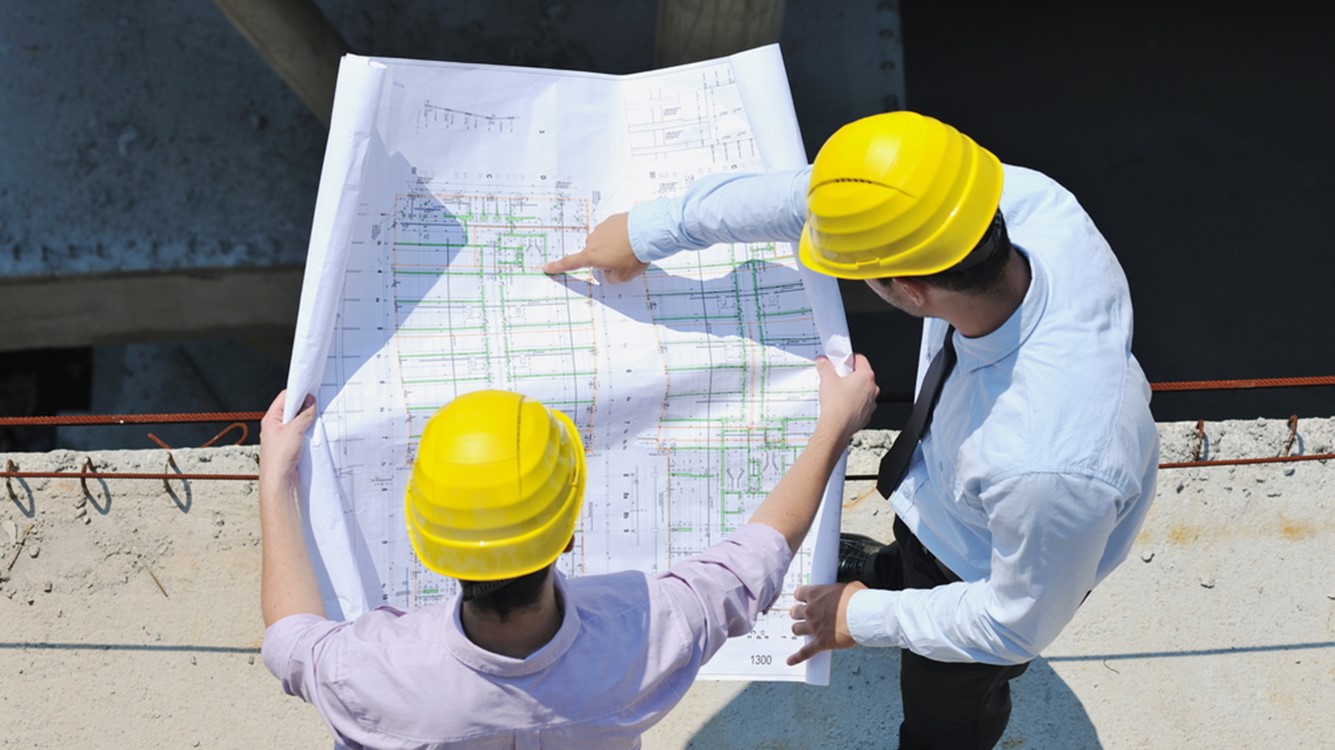December construction spending doubled expectations
Construction activity is carrying momentum into the new year on the back of ongoing infrastructure projects.

February 1, 2024
Construction spending rose a solid 0.9% in December, nearly double the consensus expectation of up 0.5%. Moreover, November spending was revised higher to +0.9% from the 0.4% increase reported originally. So was October, now up 2.1% versus the previous estimate of up 1.2%. Both private and public construction contributed to December’s strength. The data are not adjusted for inflation.
Private residential construction rose 0.7% after rising 1.1% in November (previously up 0.7%).
Single-family home construction increased 1.6%, which follows a 2.5% gain in November. Builders in the single-family space are more confident about the market as mortgage rates have dropped to under 7%. Shortages in the existing home market are also boosting confidence. Permits for single-family homes, an indicator of future building activity, rose 27% in December from a year ago.
Multifamily construction rose a more modest 0.3% in December, similar to November’s 0.4% increase. With about a million new apartments coming online this year, there looks to be a realignment between supply and demand. This suggests a trading places of sorts in which single-family construction will likely gain momentum in 2024 while multifamily growth is restrained.
Private nonresidential construction took a breather in December, down 0.2%, after strong gains for most of 2023 tied to infrastructure spending. Manufacturing construction slipped 0.1% on the month but it is up 60.5% from a year ago. The October and November data for manufacturing were revised significantly higher, which would help explain December's softer showing. The investment is predominantly flowing into the construction of computer, electronic and electrical manufacturing plants, thanks to federal funds flowing from the CHIPS Act and IRA.
Public construction spending increased 1.3% in December. November was revised upwards and resulted in a change of direction, up 0.5% instead of down 0.7%. Federal spending increased 6.4% in December while state and local expenditures on construction projects were up 0.9%. The bulk of public construction spending occurs at the state and local jurisdictions. Power, transportation, conservation and highway infrastructure rose to varying degrees in December, ranging from up a few tenths to up 4.1%.
Reductions in interest rates...should push mortgage rates even lower.
Ken Kim, KPMG Senior Economist
Bottom Line
Construction activity is carrying momentum into the new year on the back of ongoing infrastructure projects and improving activity in the single-family residential space. Expected reductions in interest rates, beginning around mid-year and extending to the end of the year, should push mortgage rates even lower. That will provide an additional lift to single-family housing demand.
Explore more

Multifamily and single-family housing boosted construction spending for the year
Construction activity remains robust as strong demand for housing and infrastructure remain a tailwind for builders.

KPMG Economics
A source for unbiased economic intelligence to help improve strategic decision-making.

Housing starts dipped in December
A shortage of homes has pushed builders to focus on single-family projects.
Subscribe to insights from KPMG Economics
KPMG Economics distributes a wide selection of insight and analysis to help businesses make informed decisions.
Meet our team

